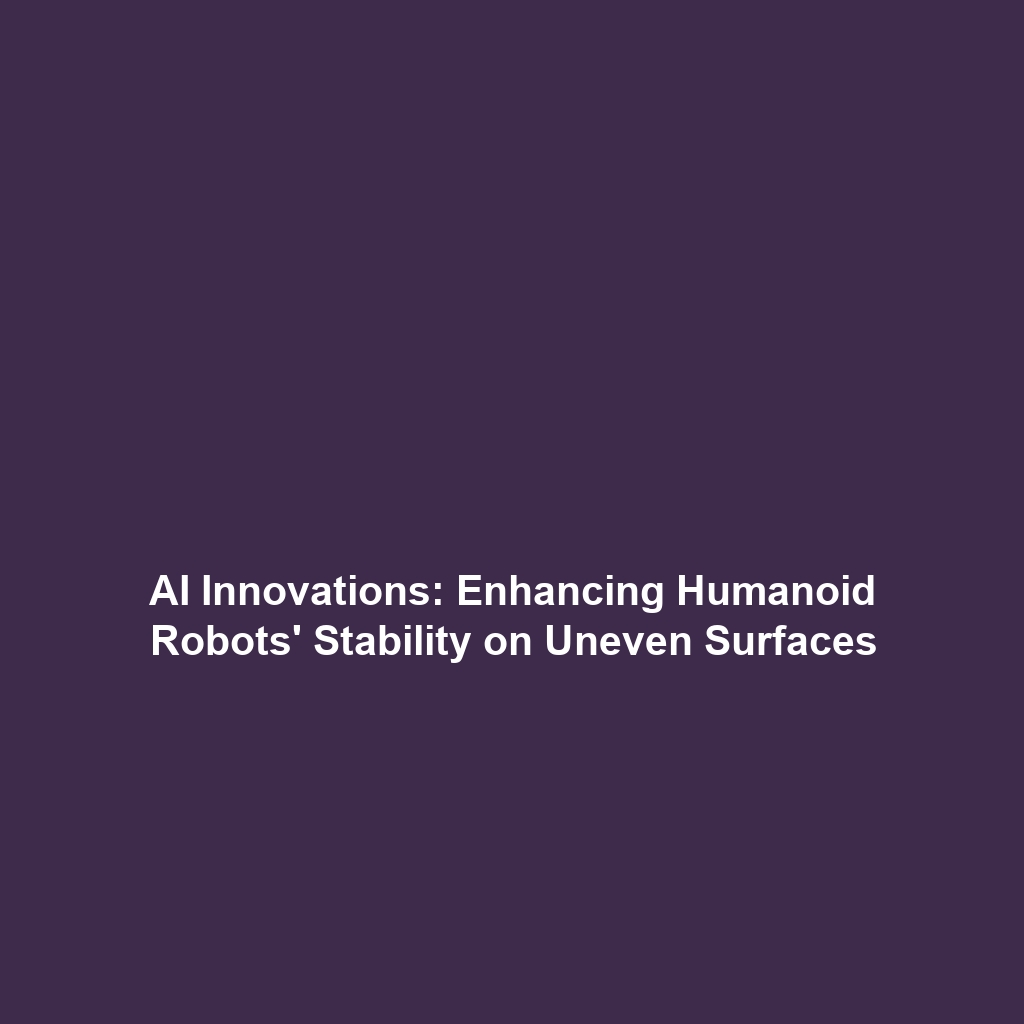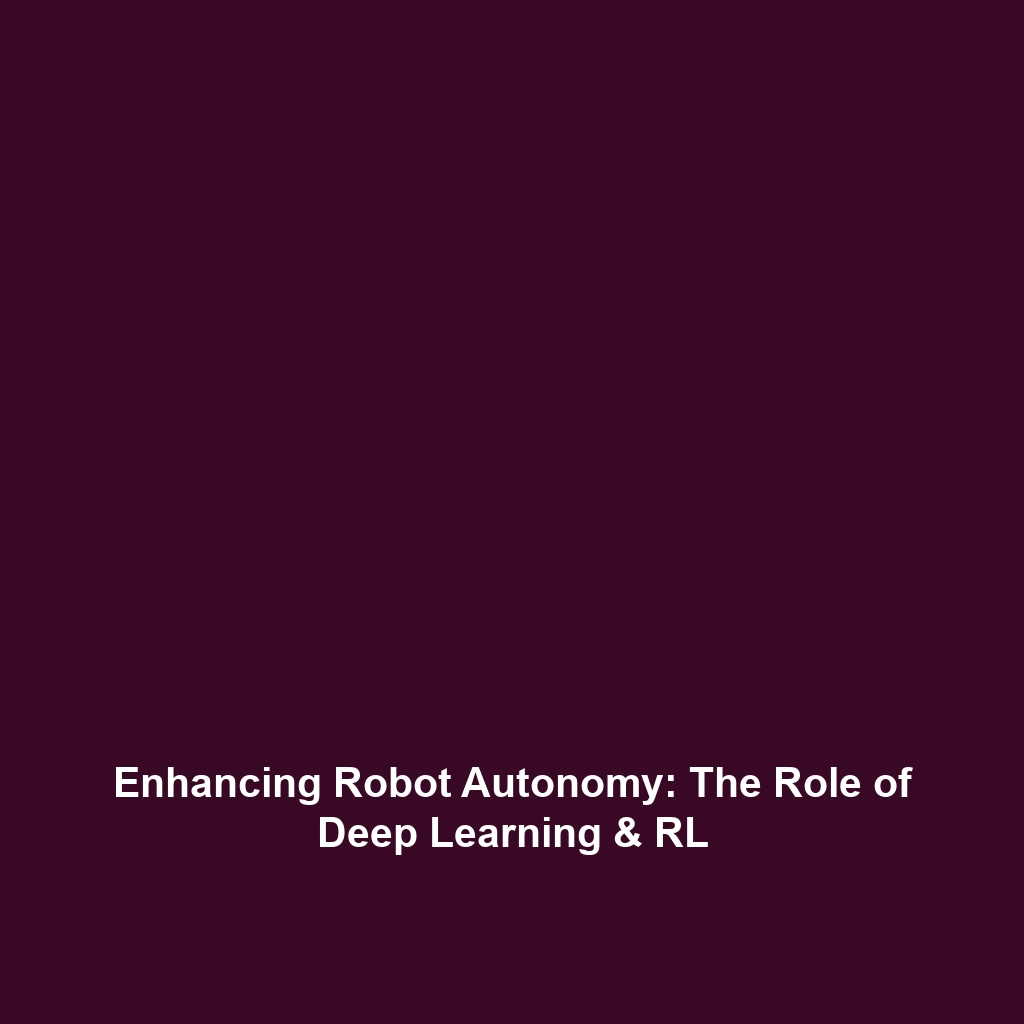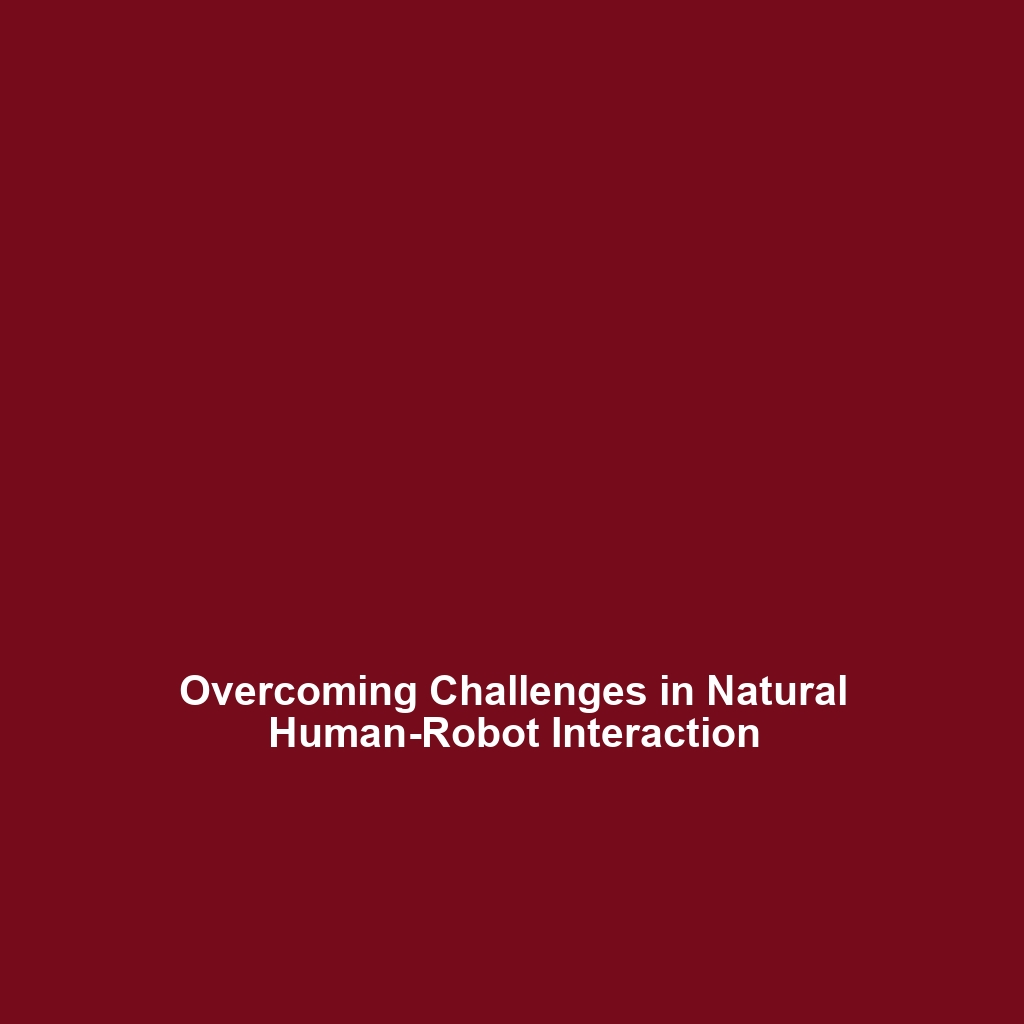The Role of Humanoid Robots in Reducing Strain on Healthcare Workers in Eldercare
The integration of humanoid robots in healthcare, particularly in eldercare, is emerging as a transformative solution to alleviate the physical and emotional strain on healthcare workers. As the global population ages, the mounting responsibilities of eldercare can lead to burnout and workforce shortages. This article delves into the significance of humanoid robots in this context, examining their impact on healthcare efficiency and quality of life for elderly patients.
Key Concepts
Understanding the role of humanoid robots in reducing strain on healthcare workers requires an exploration of several key concepts:
- Automation: Humanoid robots can perform repetitive tasks, allowing human workers to focus on complex patient interactions.
- Companionship: Advanced humanoid robots can provide social interaction, reducing feelings of loneliness among elderly patients.
- Assistive Technology: Robots designed with mobility aids can assist patients with daily activities, thus freeing up healthcare workers for other tasks.
Applications and Real-World Uses
Humanoid robots are making significant strides in healthcare, particularly in eldercare. Here are a few notable applications:
- Robotic Caregivers: Robots like PARO, a therapeutic robot seal, engage with patients and provide companionship, reducing emotional strain.
- Mobility Assistance: Robots such as Robear can lift patients and assist them with mobility, significantly minimizing the physical demands on healthcare staff.
- Remote Monitoring: Humanoid robots equipped with sensors can monitor patients’ health conditions in real-time, enabling quicker responses from medical personnel.
Current Challenges
While the potential of humanoid robots in eldercare is substantial, several challenges persist:
- Cost: The initial investment in robotic technology can be prohibitive for many healthcare facilities.
- Integration: Seamlessly incorporating robots into existing healthcare workflows presents logistical challenges.
- Acceptance: There may be resistance from both patients and healthcare professionals in adapting to robotic assistance.
Future Research and Innovations
Looking ahead, research into humanoid robots is poised to yield groundbreaking innovations, including:
- AI Integration: Advanced artificial intelligence will enable robots to learn and adapt to individual patient needs, enhancing their effectiveness.
- Improved Affordability: As technology advances, costs are expected to decrease, making robots more accessible to healthcare settings.
- Enhanced Interaction: Future humanoid robots may feature even more sophisticated communication capabilities, fostering deeper connections with patients.
Conclusion
In conclusion, the role of humanoid robots in reducing strain on healthcare workers, especially in eldercare, is vital for enhancing both workforce well-being and patient satisfaction. As technology progresses, the integration of these innovative solutions will likely become more refined and widespread. For further exploration into the impact of robotics in healthcare, consider reading our related articles on robotics in healthcare and the future of eldercare technologies.









